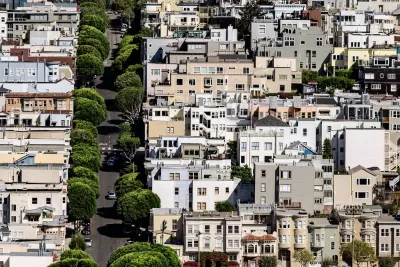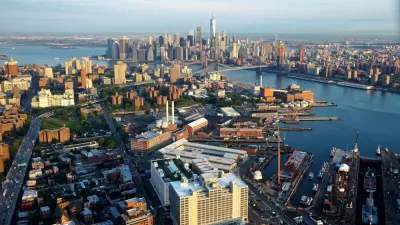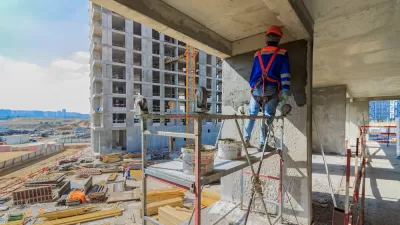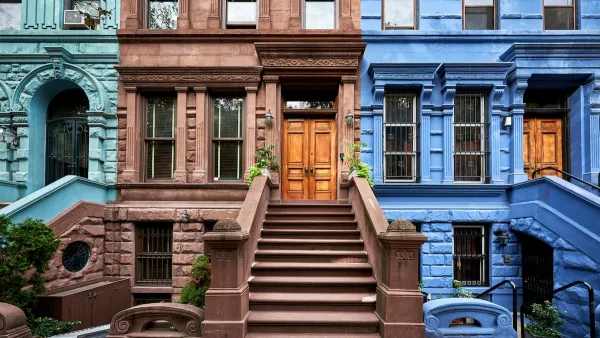Does new market rate housing increase the average cost of housing, by inducing demand, or does it help stabilize the housing market by offering new supply? The debate continues in San Francisco.

Proponents of increased housing development in the Bay Area argue that lowering housing costs is as simple as building more housing. They say that the principle of supply and demand requires new housing development to drive prices down. On the other hand, a common counterargument contends that in San Francisco, simply building more housing can't lower prices as the demand is too high and there is simply not enough land on which to build.
Familiar to most San Franciscans is the concept of "induced demand," which holds that the construction of pricey housing attracts wealthy transplants, a process that development opponents argue can upend the historical character of neighborhoods. Despite these concerns, Adam Brinklow points to research suggesting that, "many new housing developments face allegations that building more could drive housing prices higher. Traditional economic thought dictates that these ideas are not only wrong, they’re irrational, like something out of a topsy-turvy Lewis Carroll fable." Put simply, to reduce the market price of housing, cities must build more.
Brinklow calls for a more nuanced approach that considers neighborhoods and gentrifying effects of projects on a case by case basis to balance the need for lower-cost housing and the preservation of charming San Francisco neighborhoods.
FULL STORY: Yes, building more housing will drive down SF home prices—but there’s a catch

Maui's Vacation Rental Debate Turns Ugly
Verbal attacks, misinformation campaigns and fistfights plague a high-stakes debate to convert thousands of vacation rentals into long-term housing.

Planetizen Federal Action Tracker
A weekly monitor of how Trump’s orders and actions are impacting planners and planning in America.

Chicago’s Ghost Rails
Just beneath the surface of the modern city lie the remnants of its expansive early 20th-century streetcar system.

Bend, Oregon Zoning Reforms Prioritize Small-Scale Housing
The city altered its zoning code to allow multi-family housing and eliminated parking mandates citywide.

Amtrak Cutting Jobs, Funding to High-Speed Rail
The agency plans to cut 10 percent of its workforce and has confirmed it will not fund new high-speed rail projects.

LA Denies Basic Services to Unhoused Residents
The city has repeatedly failed to respond to requests for trash pickup at encampment sites, and eliminated a program that provided mobile showers and toilets.
Urban Design for Planners 1: Software Tools
This six-course series explores essential urban design concepts using open source software and equips planners with the tools they need to participate fully in the urban design process.
Planning for Universal Design
Learn the tools for implementing Universal Design in planning regulations.
planning NEXT
Appalachian Highlands Housing Partners
Mpact (founded as Rail~Volution)
City of Camden Redevelopment Agency
City of Astoria
City of Portland
City of Laramie





























